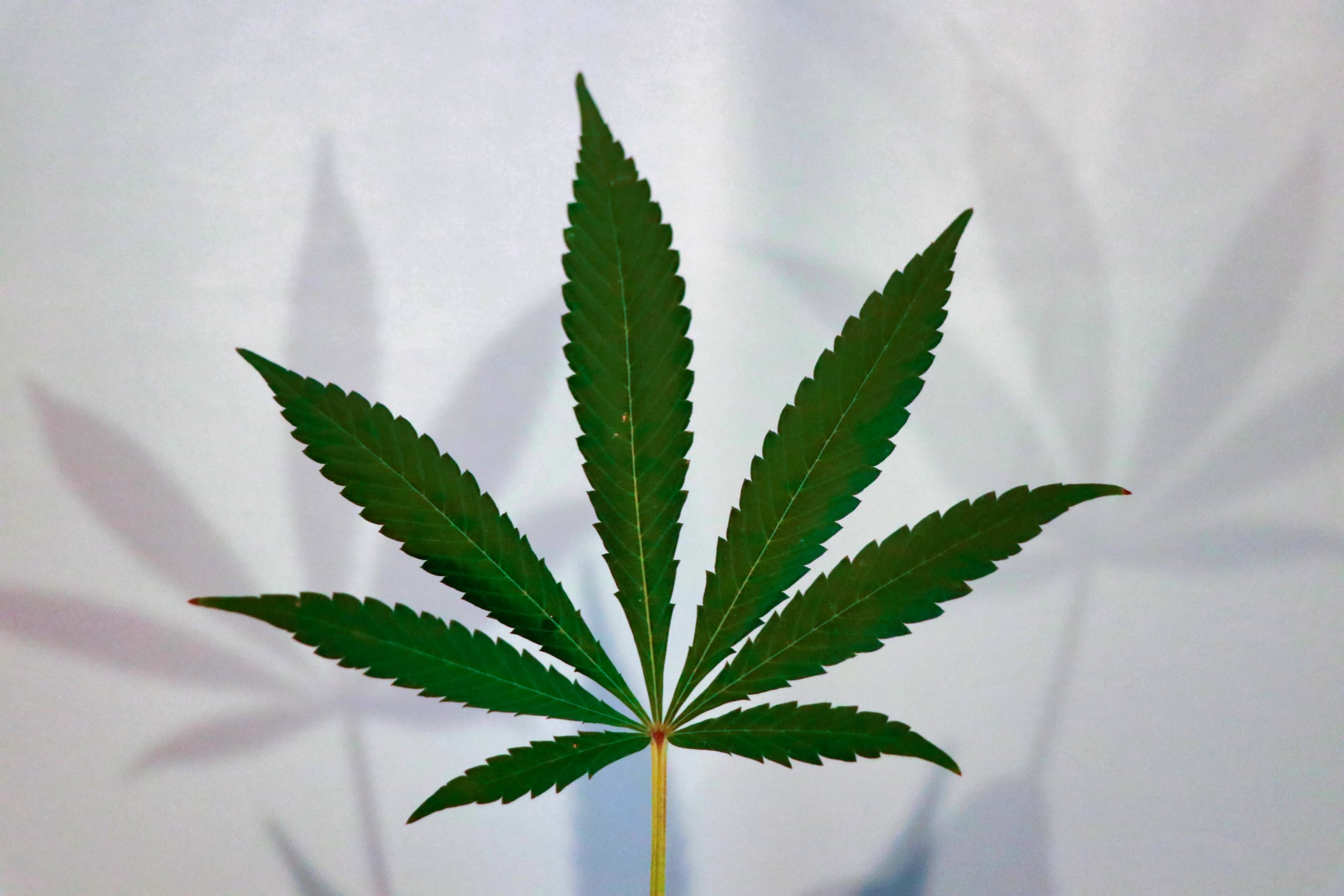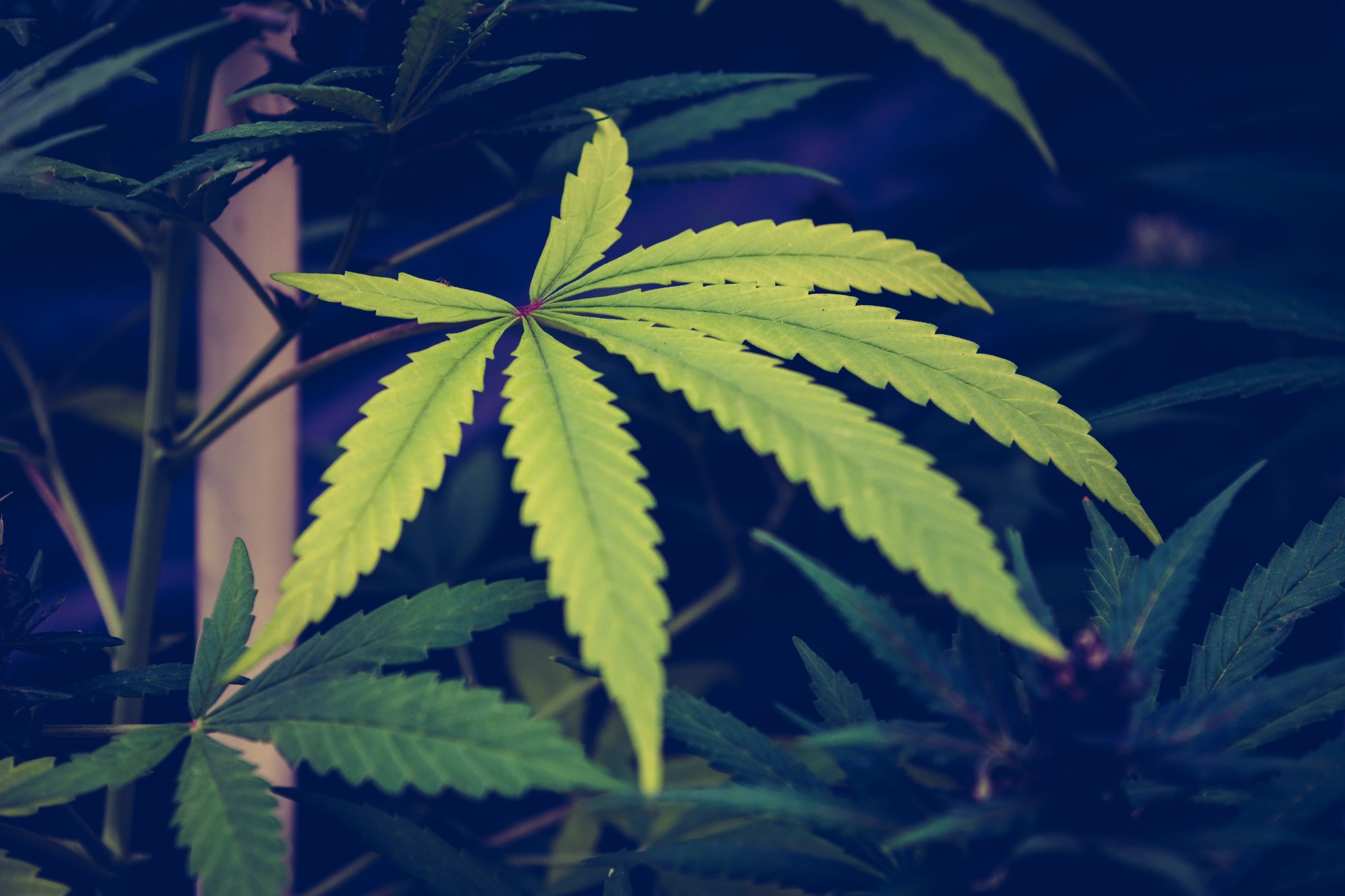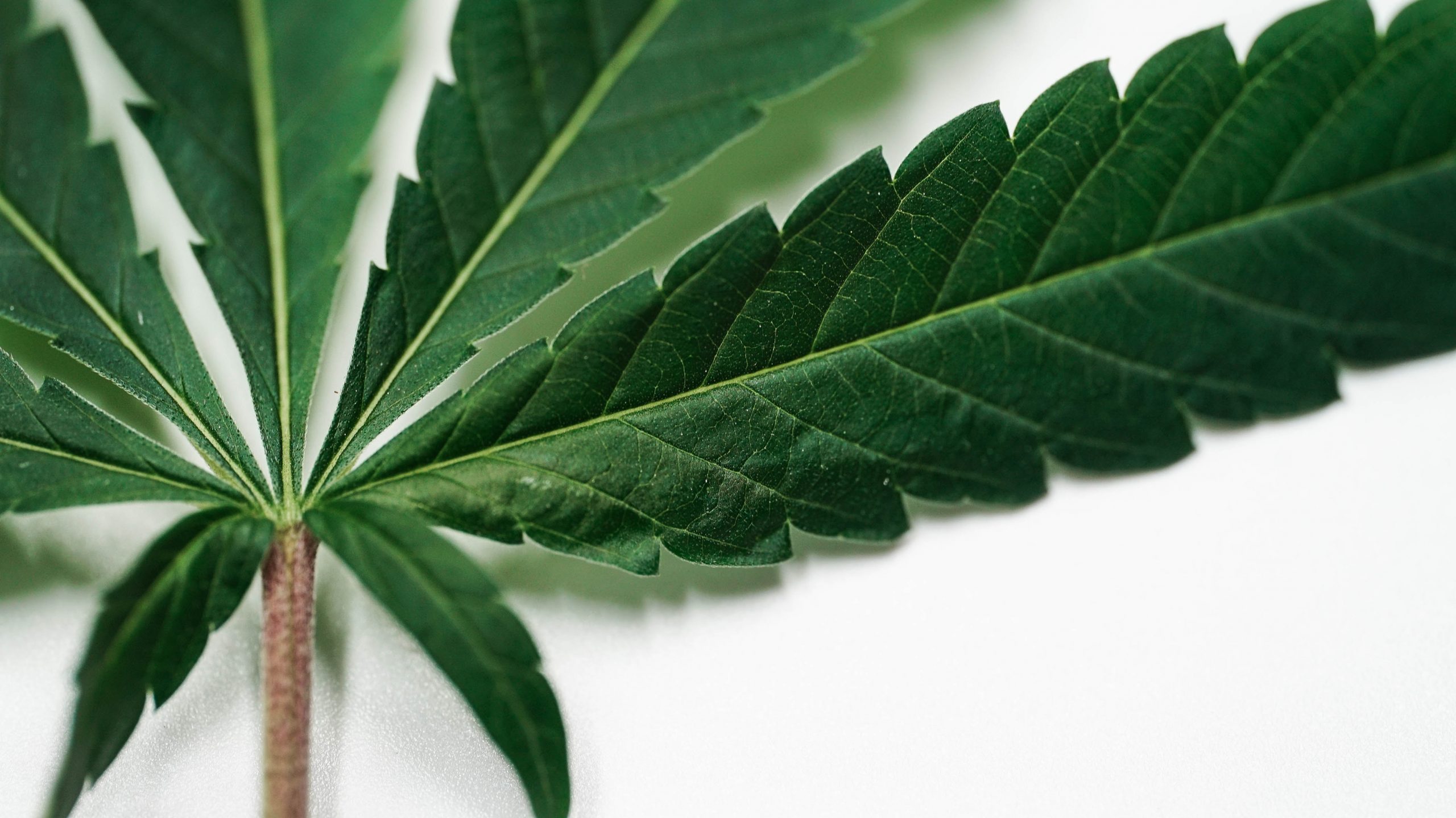
Just like humans, cannabis plants need nutrients to thrive and live a healthy life. But when a cannabis plant does not get the nutrients it needs, it can become susceptible to viruses, viroids, and other problems. During a grower’s career, it is not uncommon to come across nutrient deficiencies. Knowing how to properly diagnose and treat nutrient deficiencies is a key part of becoming a successful grower in the industry. It is also key information to know for growing your own cannabis plants at home.

One of the first things new growers learn is how to spot a nutrient deficiency. According to research from North Carolina State University and the North Carolina Department of Agriculture and Consumer Services, “Symptoms of nutrient deficiency occur when those tissue concentrations fall to a level where growth or yield is negatively impacted”.
There are many different nutrient deficiencies that can be found in the cannabis plant. Similar to humans, cannabis plants need a large variety of nutrients to stay alive and healthy. And just like humans, when they do not get the nutrients they need, they can become sick. In some extreme cases, die.
According to the West Virginia Extension “There are 17 different nutrients that are essential for plants, and they all have a specific function. Three of these elements come from the water and air, while the remaining elements are taken from the soil”.
The West Virginia Extension explains there are two different categories that nutrients fall into. Macronutrients, like Nitrogen and Potassium, are required in large quantities. On the other hand, micronutrients like zinc and sulfur, are needed in smaller quantities.
Any imbalance of the necessary nutrients can result in a deficiency. Some signs of deficiencies may appear similar to one another. Deciphering them takes knowledge, experience, and a strict understanding of what is being fed to the plants.

Nutrient deficiencies can show themselves at any stage in the cannabis plant’s life cycle. Common symptoms can be found on the stems and leaves of the plants, however, smaller/lighter bud structures could also be a symptom during the flowering stage.
There are a multitude of signs to watch for, including;
A healthy cannabis plant will have an even shade of green with no curling or deformities. Growers should make a habit of inspecting their plants for any instances of nutrient deficiencies to catch anything early on and address them. Some growers will check for nutrient deficiencies during their watering routine or during the defoliation process.

Deciphering nutrient deficiencies can be tricky, but with time and experience, spotting them becomes easier. Each nutrient deficiency will display certain signs that can be used to identify what is ailing your plant.
Certain strains demand more of a specific nutrient than others, so adjusting nutrient levels between strains is often necessary. This is dependent on the stage in the plant’s life cycle, the type of nutrient brand being fed to the plants, the type of soil the plants are grown in, and other factors.
There are several common nutrient deficiencies that growers may run into at any point during their careers. The first is a potassium deficiency. This deficiency will often present itself in the leaves of the plant. These signs can include yellowing leaves with brown spots. The tips of the leaves may also appear burned.
The second is a nitrogen deficiency. All plants need nitrogen to survive, without it, they cannot do one of its main functions, producing oxygen. Plants with a nitrogen deficiency will often have yellowing leaves. The degree of yellowing is dependent upon how severe the deficiency is. In some instances, the leaf could appear dark, almost dead.
The third is a phosphorous deficiency. This type of deficiency can present itself in several different ways. In some instances, a phosphorous deficiency may appear on the leaves in darkening splotches paired with yellowing. Other times it may appear on the leaves in dark streaks along the stem of the leaf.
The fourth deficiency to look out for is iron deficiency. This deficiency appears on the leaf as varying degrees of yellowing with burnt tips. In some instances, the yellowing will be accompanied by darkening towards the tips of the leaves.
And finally, growers should be able to identify a magnesium deficiency. This kind of deficiency appears on the leaves as yellowing with brown spots. In some instances, they will also present burnt tips.
While these are just a handful of the possible deficiencies, there are in fact dozens that can impact cannabis plants. Cannabis plants can also suffer from deficiencies such as;
All deficiencies, if left untreated, could result in low yields or plant death. It also increases the chance of your plant becoming infected by a virus or viroid. It is important to address nutrient deficiencies when they appear. Nutrient deficiencies can be identified based on the appearance of the leaves.
Once the nutrient deficiency has been identified, then adjustments can be made to the nutrients being fed to the cannabis plants in question. However, it is important to note that different strains may require different nutrient quantities. If growing multiple strains in a room, one nutrient mixture may not suffice for the entire crop.
At Verne Bio, our goal is to make sure growers have the resources they need to be successful. That is why we provide educational content on a variety of topics. Readers can access our material directly on our blog, where they can find information such as;
Readers can keep up-to-date with all of Verne Bio’s content by following our social channels and signing up to receive the Verne Bio Newsletter. Education is just a click away!
Works Cited
Cookson, Paul, et al. “Applied Sciences | Free Full-Text | Characterization of Nutrient Disorders of Cannabis sativa.” MDPI, 18 October 2019, https://www.mdpi.com/2076-3417/9/20/4432. Accessed 16 May 2023.
Johnson, John D. “How Plants Use Nutrients | Extension | West Virginia University.” WVU Extension, 1 August 2021, https://extension.wvu.edu/lawn-gardening-pests/news/2021/08/01/how-plants-use-nutrients. Accessed 16 May 2023.

to receive updates and news on our products, events and promos!